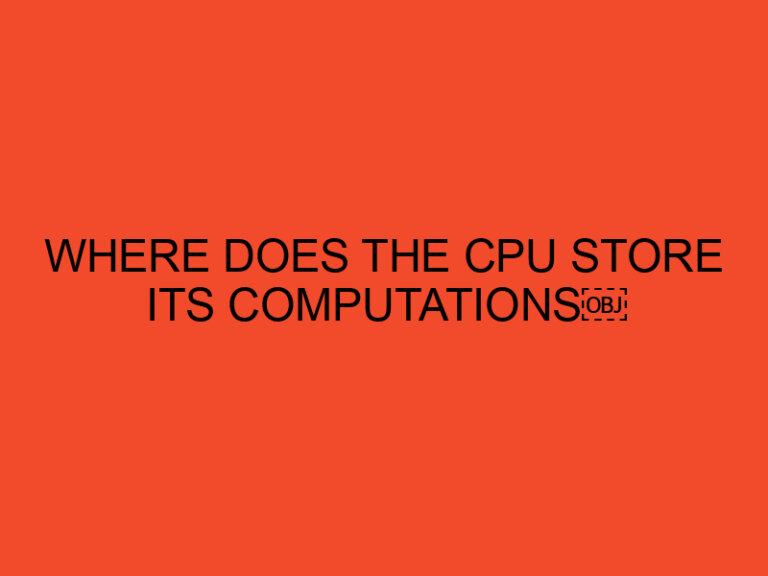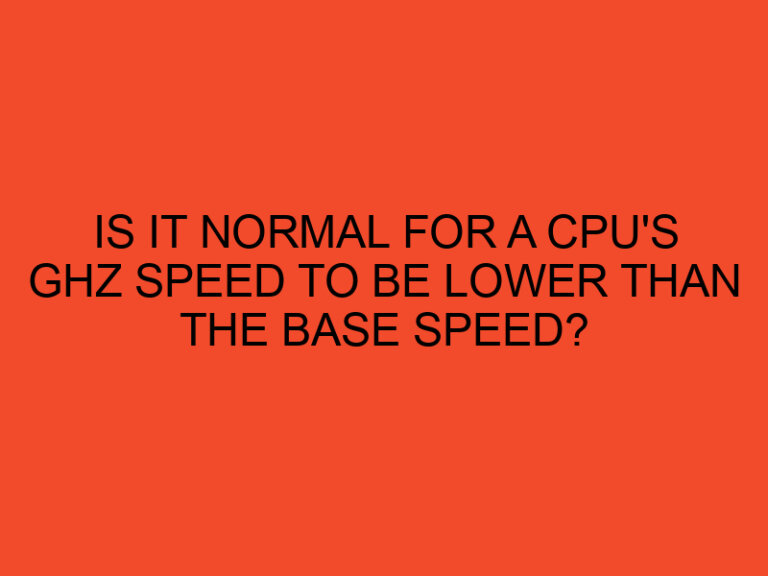Are you an avid gamer looking to enhance your gaming experience? If so, you may have heard about the benefits of a 240Hz monitor for gaming. But is it worth the investment? In this article, we’ll explore the benefits and drawbacks of a 240Hz monitor for gaming, as well as factors to consider when choosing one.
Table of Contents
Introduction
A 240Hz monitor is a type of gaming monitor that boasts a high refresh rate of 240 frames per second. This means that the monitor is capable of displaying 240 individual images in one second, resulting in a smoother and more fluid gaming experience. Refresh rate refers to how many times per second a monitor updates the image on the screen. The higher the refresh rate, the smoother the image appears.
The Benefits of a 240Hz Monitor for Gaming
Reduced Motion Blur: One of the most significant benefits of a 240Hz monitor is reduced motion blur. This is because the higher refresh rate results in a shorter persistence of vision, which means that fast-moving objects appear sharper and more defined.
Smoother Gameplay: A 240Hz monitor can also provide smoother gameplay, especially in fast-paced games like first-person shooters. This is because the monitor is able to display more frames per second, resulting in a more responsive and fluid experience.
Increased Response Time: A higher refresh rate also means that the monitor can display new frames more quickly, resulting in a faster response time. This can be especially beneficial in competitive gaming, where split-second reactions can mean the difference between winning and losing.
More Fluid and Seamless Experience: A 240Hz monitor can provide a more fluid and seamless experience overall, making the game feel more immersive and enjoyable.
The Drawbacks of a 240Hz Monitor for Gaming
Higher Cost: One of the biggest drawbacks of a 240Hz monitor is the higher cost. These monitors tend to be more expensive than their lower refresh rate counterparts, which can be a significant investment for some gamers.
Limited Compatibility: Another potential drawback of a 240Hz monitor is limited compatibility. Not all games or graphics cards support a 240Hz refresh rate, which means that you may not be able to take full advantage of the monitor’s capabilities.
Limited Graphics Card Support: In addition, some graphics cards may not be powerful enough to handle a 240Hz monitor, resulting in a lower frame rate and potentially negating the benefits of the higher refresh rate.
No Noticeable Difference in Some Games: While a 240Hz monitor can provide significant benefits in fast-paced games, there may be no noticeable difference in slower-paced games or those that don’t require split-second reactions.
Factors to Consider When Choosing a 240Hz Monitor for Gaming
Price: As mentioned earlier, a 240Hz monitor tends to be more expensive than lower refresh rate monitors. It’s important to consider your budget and whether the investment is worth it for you.
Resolution: Another factor to consider is the resolution of the monitor. A higher resolution can provide a more detailed and immersive experience, but may also require a more powerful graphics card to achieve the desired frame rate.
Panel Technology: Different types of panel technology can also affect the image quality and viewing angles of a monitor. It’s important to research and choose a panel technology that best suits your needs.
G-Sync or FreeSync Compatibility: G-Sync and FreeSync are technologies that can help reduce screen tearing and provide a smoother gaming experience. It’s important to consider whether your graphics card supports one of these technologies and choose a monitor that is compatible.
Alternatives to a 240Hz Monitor for Gaming
If a 240Hz monitor is out of your budget or not necessary for your gaming needs, there are alternatives to consider. A 144Hz monitor can still provide a significant improvement over lower refresh rate monitors and may be more affordable. Additionally, 165Hz monitors are becoming more common and can provide a good balance between cost and performance. Ultrawide monitors can also provide a more immersive gaming experience, although they may not offer the same high refresh rates as traditional gaming monitors.
Conclusion
In conclusion, a 240Hz monitor can provide significant benefits for gaming, including reduced motion blur, smoother gameplay, increased response time, and a more fluid and seamless experience. However, it’s important to consider the drawbacks, such as higher cost and limited compatibility, as well as factors like resolution, panel technology, and G-Sync or FreeSync compatibility when choosing a monitor. Ultimately, whether a 240Hz monitor is worth buying for gaming depends on your individual needs and budget.
FAQs
- What is the difference between a 144Hz and a 240Hz monitor?
- A 240Hz monitor has a higher refresh rate than a 144Hz monitor, which means it can display more frames per second and provide a smoother and more responsive gaming experience.
- Will a 240Hz monitor improve my aim in FPS games?
- While a 240Hz monitor can provide a more responsive and fluid gaming experience, it may not necessarily improve your aim in FPS games. It can provide a slight advantage, but skill and practice are still the most important factors in improving aim.
- Can my graphics card handle a 240Hz monitor?
- It depends on the specific graphics card and the game being played. Some graphics cards may not be powerful enough to achieve a stable 240 frames per second in all games.
- What is the best resolution for a 240Hz monitor?
- The best resolution for a 240Hz monitor depends on your individual needs and preferences. Higher resolutions can provide a more detailed and immersive experience, but may require a more powerful graphics card.
- Do I need G-Sync or FreeSync compatibility on my 240Hz monitor?
- G-Sync and FreeSync can help reduce screen tearing and provide a smoother gaming experience, but they are not necessary for a 240Hz monitor to function properly.





